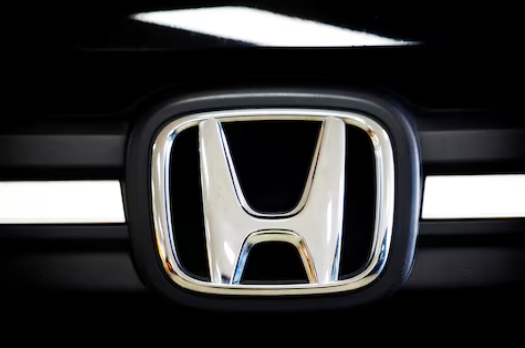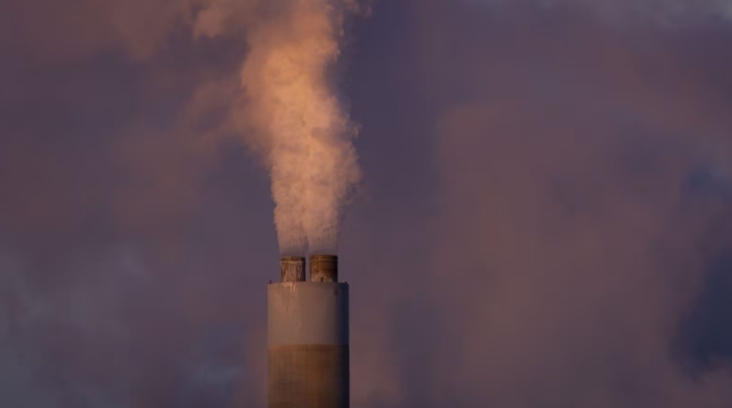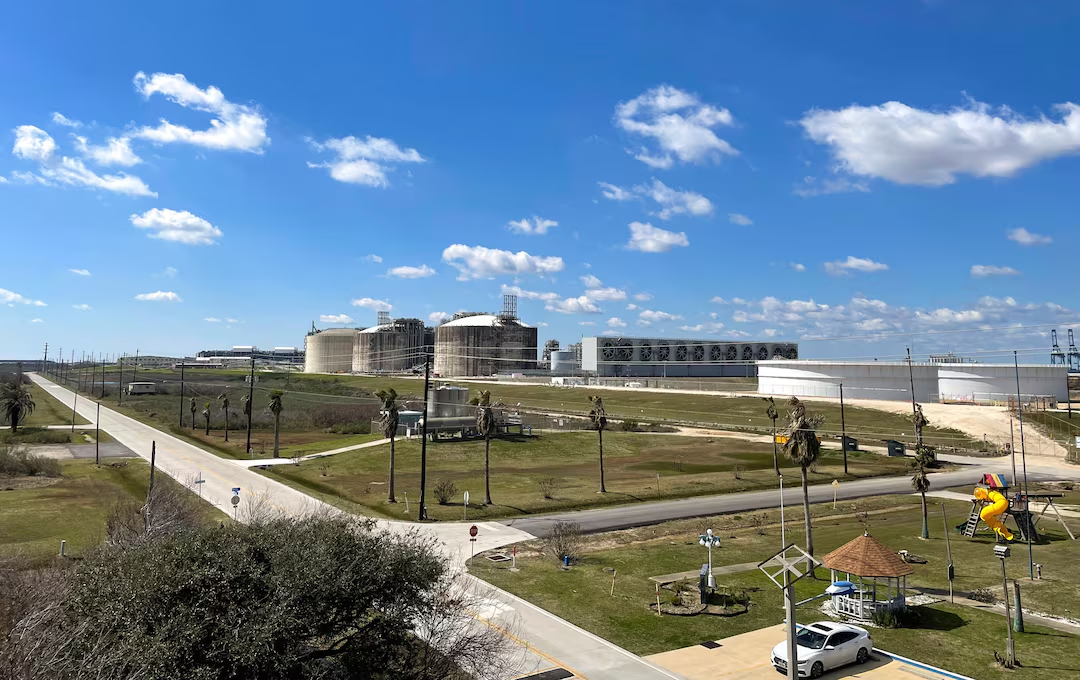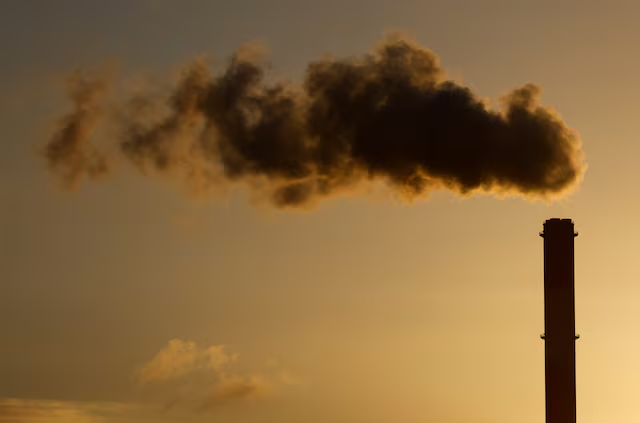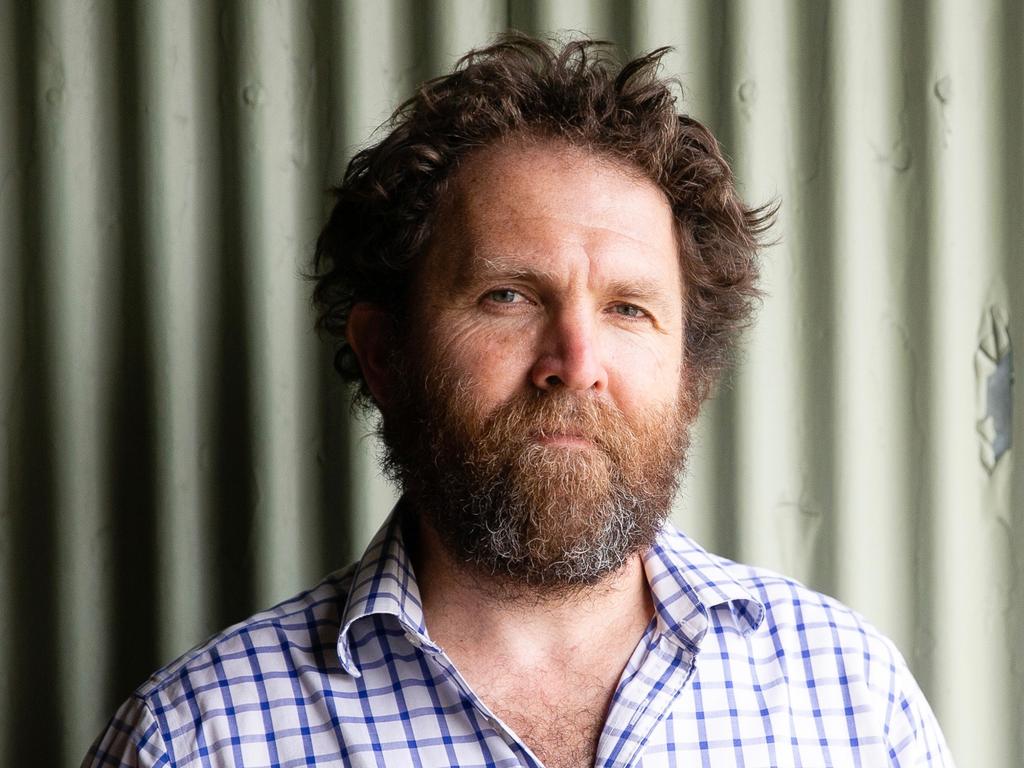
The well-funded push to make Australia a green hydrogen superpower is shaping up to be a costly economic mistake and a waste of the nation’s abundant renewable energy resources, Rewiring Australia co-founder Saul Griffith has warned.
Speaking at a parliamentary inquiry on Thursday, Griffith said Australia – with its huge land mass and unparalleled solar and wind resources – has the “easiest shot on goal” of almost any country in the world to become a renewable superpower, but not through hydrogen.
“The idea that hydrogen will play a large role in the energy future does not make economic or thermodynamic sense,” Griffith says in Rewiring Australia’s written submission the Joint Standing Committee’s inquiry into Australia’s transition to a green energy superpower.
“It will play a small role, but attempting to carve out a large role for it represents a wasteful way to achieve clean energy goals.”
Griffith is not the first or only energy expert to question the green hydrogen super-hype. The common theme among these critics, including Bloomberg’s Michael Liebreich, is that green hydrogen will play an important role, but only in certain hard to abate sectors. For the rest, wind and solar and storage will do the job.
And yet, this is far from the message we are getting from Australia’s governments, and even energy market arbiters.
The Australian Energy Market Operator’s draft Integrated System Plan for the national grid now includes a “hydrogen superpower” scenario that models the end of all coal generation by 2032, and is the only scenario consistent with 1.5°C. (Although it has indicated it may dial down the hydrogen equation in the next version).
All federal and state governments have ambitious hydrogen strategies – including a federal stretch target of producing green hydrogen for $2/kg – and are pouring hundreds of millions into research and development and project proposals.
On the private side of the ledger, according to this tally in December of last year, more than 90 projects representing $A250 billion in investment are planned around the country – a figure that’s bound to have increased substantially in the past few months.
Griffith, who’s main focus through Rewiring Australia is to lobby for rapid and broad electrification – starting with Australian households and cars – says these billions could be much better spent.
“It gives me pause for concern,” he told the committee, which noted in comments during the session that the seemingly infinite promise of renewable hydrogen had been the hottest topic of the inquiry.
“When I look at the… graphs – and I do it diligently and I do it from first principle physics, I struggle to believe that hydrogen will be the contributor that is being lobbied for in this country,” he told the inquiry.
Griffith argues that certain parties with their own vested interests have had a “heavy hand on the tiller of the hydrogen conversation,” including Australia’s regional neighbour Japan, which sees hydrogen as the answer to its very particular set of energy security problems.
The International Energy Agency, too, has come in strongly behind hydrogen, predicting, as a Griffith notes, that by 2050, 50% of the world’s electricity will be used to make the zero emissions fuel.
“The International Energy Agency is not a nonpartisan group – it was actually initially founded as as a sort of trading bloc of fossil fuel producing countries for oil and gas. So it really is the mouthpiece for the oil and gas industry,” Griffith said.
“They are famously wrong on all their projections of the energy transition… but nevertheless, governments look to the International Energy Agency for advice.
“The people I respect doing the modeling of this, [they say] you know 90-95% of the economy will be all-electric, with 5%, maybe, hydrogen, on the high side.
“If [the IEA’s prediction on hydrogen] is true, there’s no way we will hit our climate targets because you need all that electricity to be running the economy. That’s a very expensive way to do things.”
Expensive because, as Rewiring Australia explains in its written submission, it takes three times as much electricity to produce the hydrogen that eventually powers a machine that could have been powered with just one third of the starting electricity if it was stored in a battery not a hydrogen cell.
“Over-investment in hydrogen is likely to leave Australian homes and Australian businesses with less economic savings and fewer emissions reduction,” the submission says.
“With so few people per square kilometre, and so much land, we have the opportunity to produce more renewable energy than we do currently and more than we need domestically, and we can do it cheaper than other nations.
“The question is what to do with that extra energy capacity.”
Griffith says the answer to that question is to become a world leader in electrifying the primary production of materials from ores, and doing so with renewables.
“We have a superpower opportunity well suited to Australia’s natural resource advantages – metal ores and low cost energy.
“Steel sells for roughly 10 times the price of iron ore. As a simple example, today we earn around $78 billion in revenue from iron ore exports. If we refined that and exported it as steel, it could make up to $707 billion in revenue,” the submission says.
“This version of an Australian bauxite industry would be earning $48 billion in exports, three times as much as today’s $16 billion,” Griffith says, although he adds that to do this will require an enormous amount of renewable electricity.
“This highlights the importance of boosting our renewable energy production to assume the status of a world superpower,” he says.
“That’s really the fundamental argument …up-processing these things in Australia to, maybe not finished stainless steel but at least into pig iron, or into a highly concentrated lithium brine, is absolutely how we should export our energy.
“So use the renewables here to do that. We may not make the cars for America but we will make the steel and aluminium and lithium,” Griffith told the Committee.
